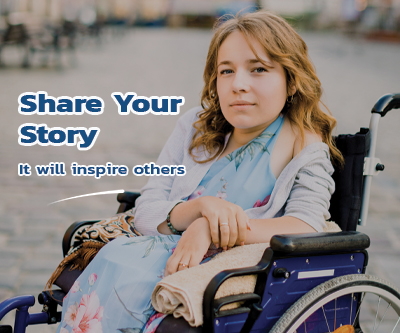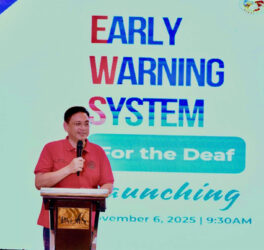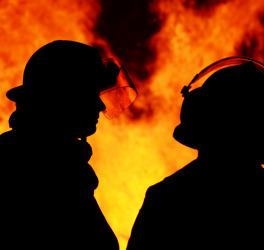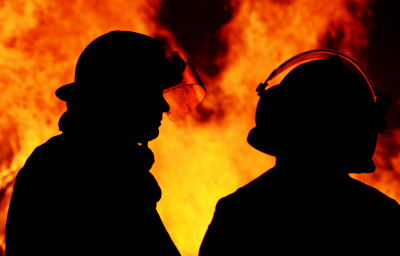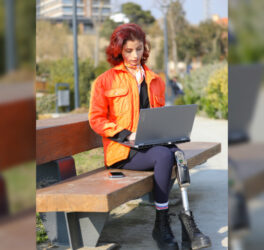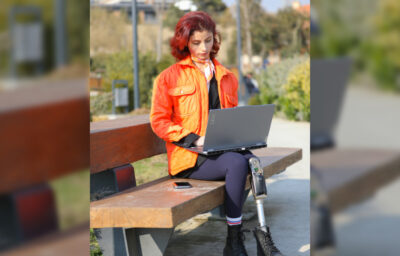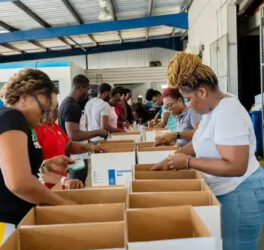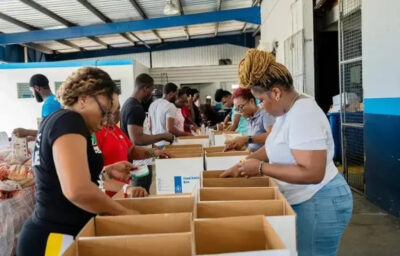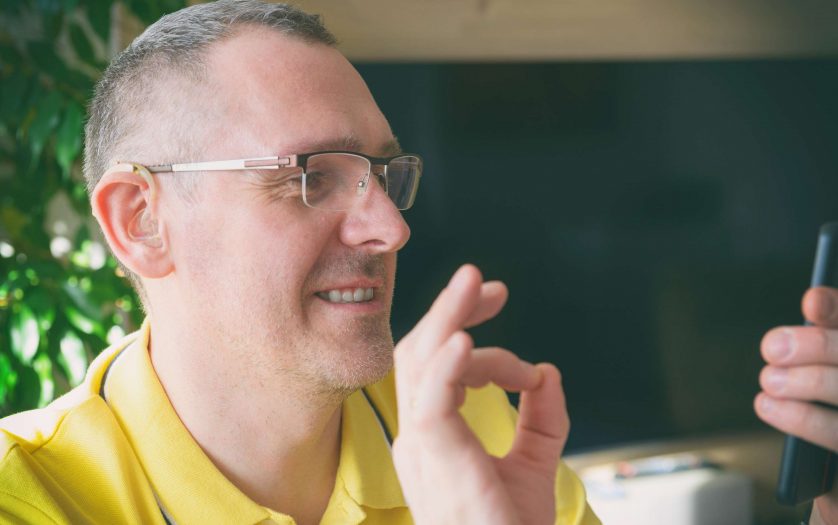
From next year, British Sign Language users will be able to contact the emergency services using video relay, under new rules announced by Ofcom.
Under our existing rules, people with hearing or speech impairments can already communicate with other people over the phone via an Ofcom-approved text relay service, and can contact the emergency services by simply sending a text message to 999.
However, these services rely on written English, which can lead to misunderstandings for British Sign Language (BSL) users in emergency situations. We want BSL users to have equivalent access to the emergency services with other people in the UK.
So, we are now requiring telephone and broadband companies to offer a free, 24/7 video relay service for BSL users to contact the emergency services, via a dedicated mobile app and website.
Enabling BSL users to use their first language will make it easier for them to get the help they need for them and others in emergencies. They will be better able to describe the nature of the emergency and understand potentially life-saving instructions from the emergency services.
A deaf person will be able to make a video call to a qualified and experienced interpreter who is in a call centre. The interpreter will translate what the deaf person is signing into spoken English for the emergency services to hear, and sign what the emergency services are saying to the deaf person.
Any data that customers use to make the video call will be ‘zero rated’ and therefore the service will be free for the user – just as other emergency calls are.
As part of the public consultation process on our proposals, we published BSL videos and invited people to respond in BSL or English, to which a number of deaf people responded.
Some deaf people told us that users should not need to register or use a password to use emergency video relay. We have taken account of this in our rules announced today, by stating that people will not need to register to use the service.
Deaf people also told us that the existing text relay and emergency SMS services are important and must be retained. They will both continue to be available, alongside the new emergency video relay service.
We would like to thank everyone who responded to our consultation.
Telecoms firms can either deliver the service themselves or contract another organisation to do so, but it must be approved by Ofcom.
To be approved by Ofcom, an emergency video relay service will have to meet certain criteria we have set out today. Potential suppliers should send us applications by 1 October. We will then consult in November on any proposal to approve a service.
The dedicated app and website also need to be designed, and telecoms companies will need time to contract with the provider of an approved service and prepare for implementation.
So, telecoms providers have until 17 June 2022 to introduce an emergency video relay service.
